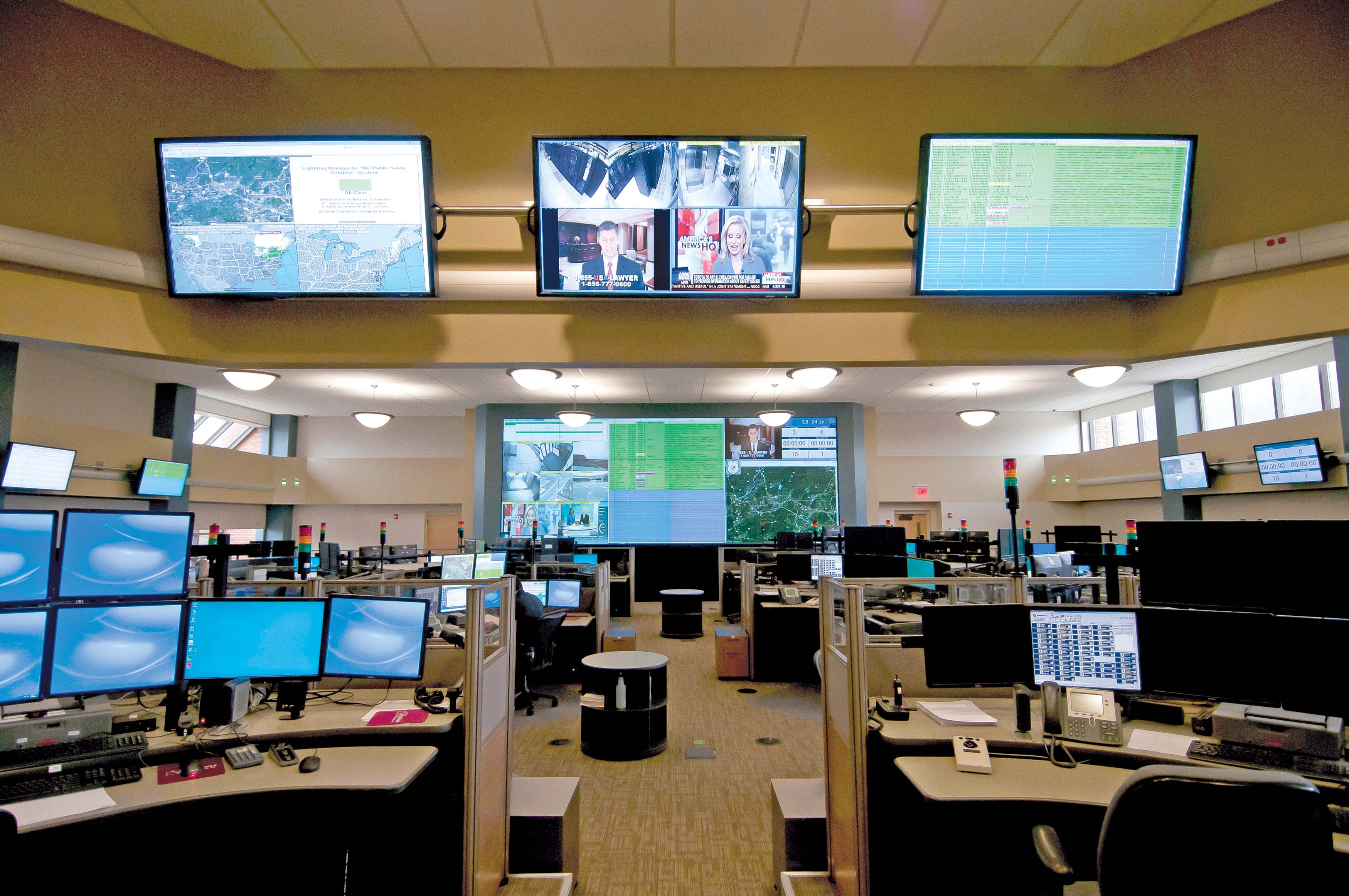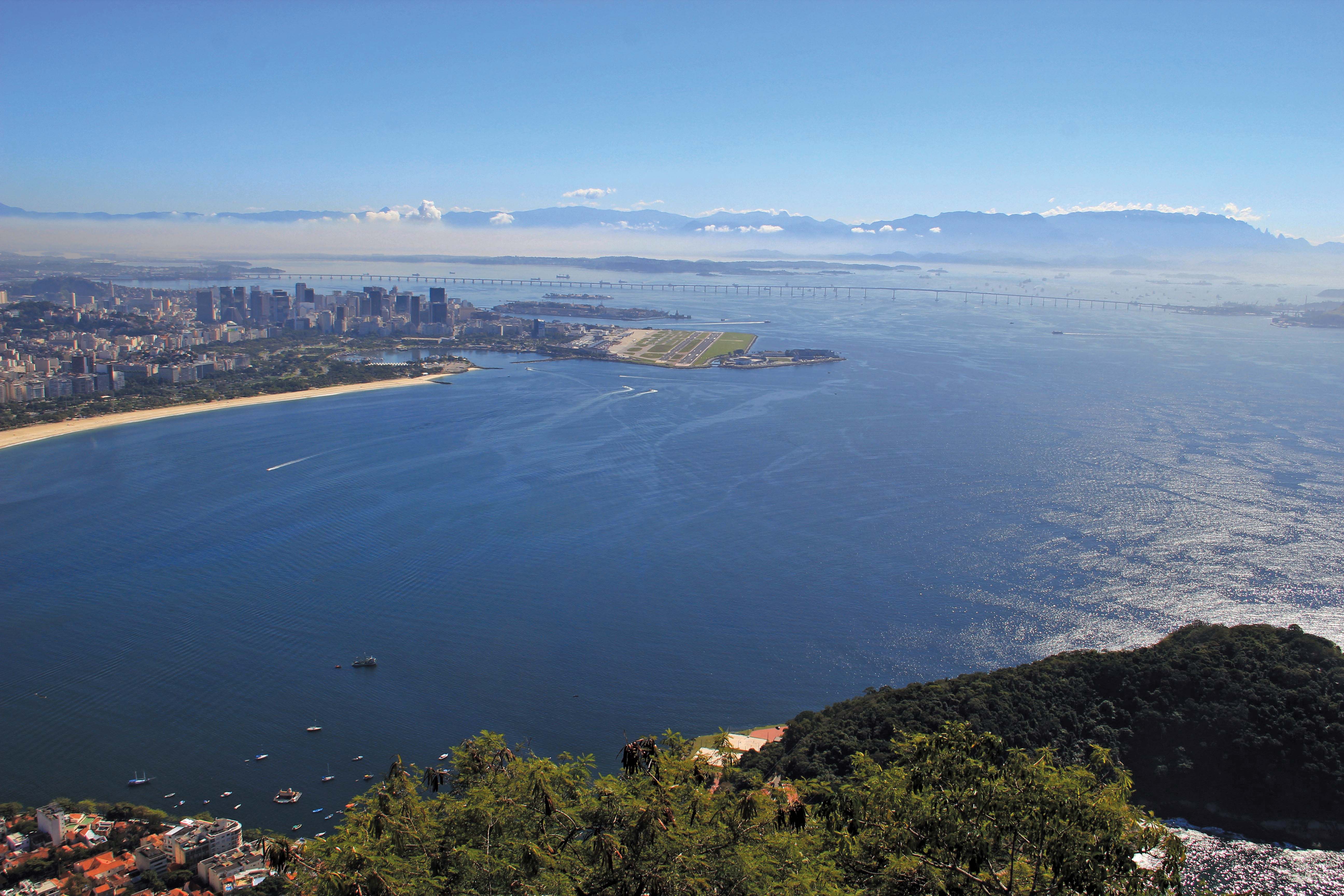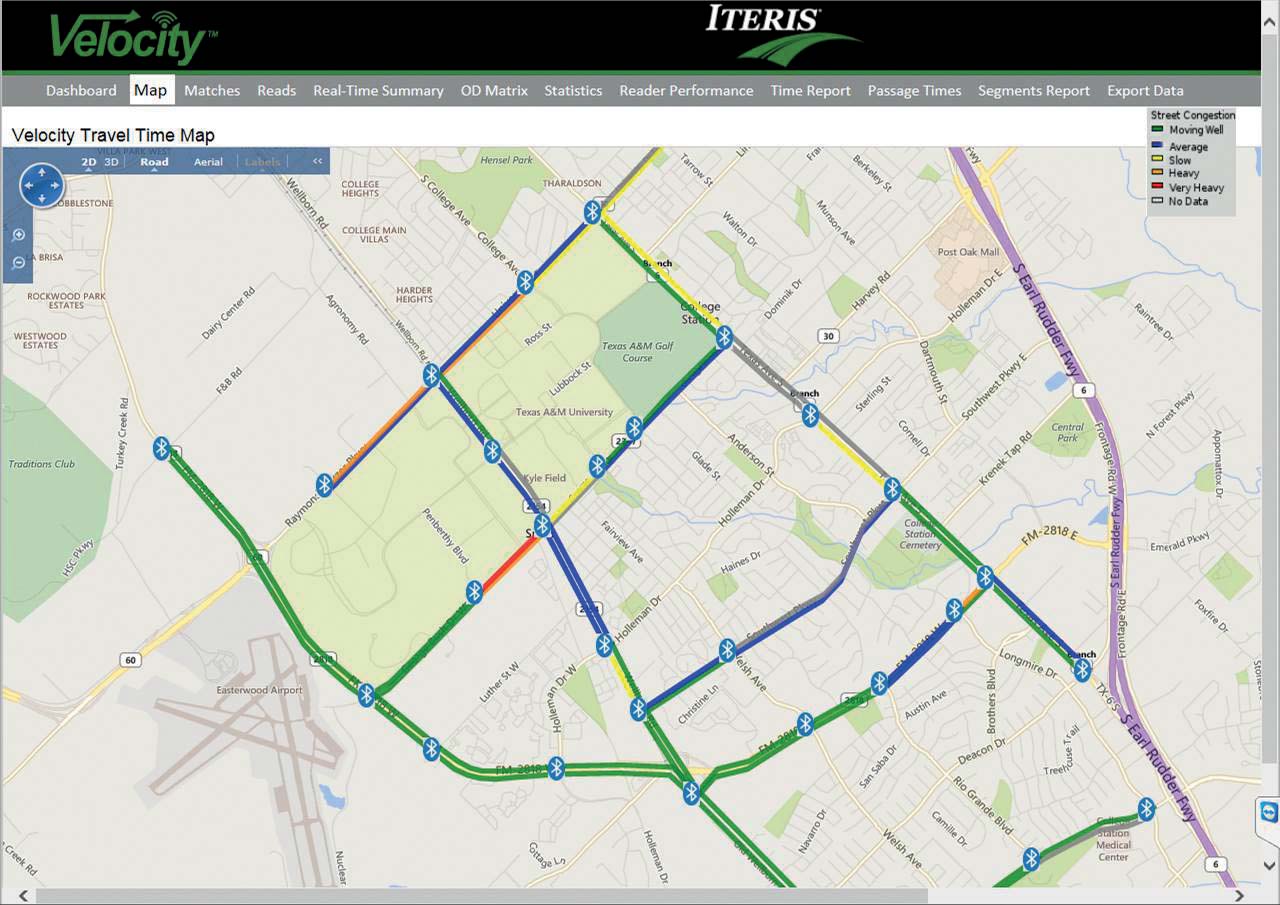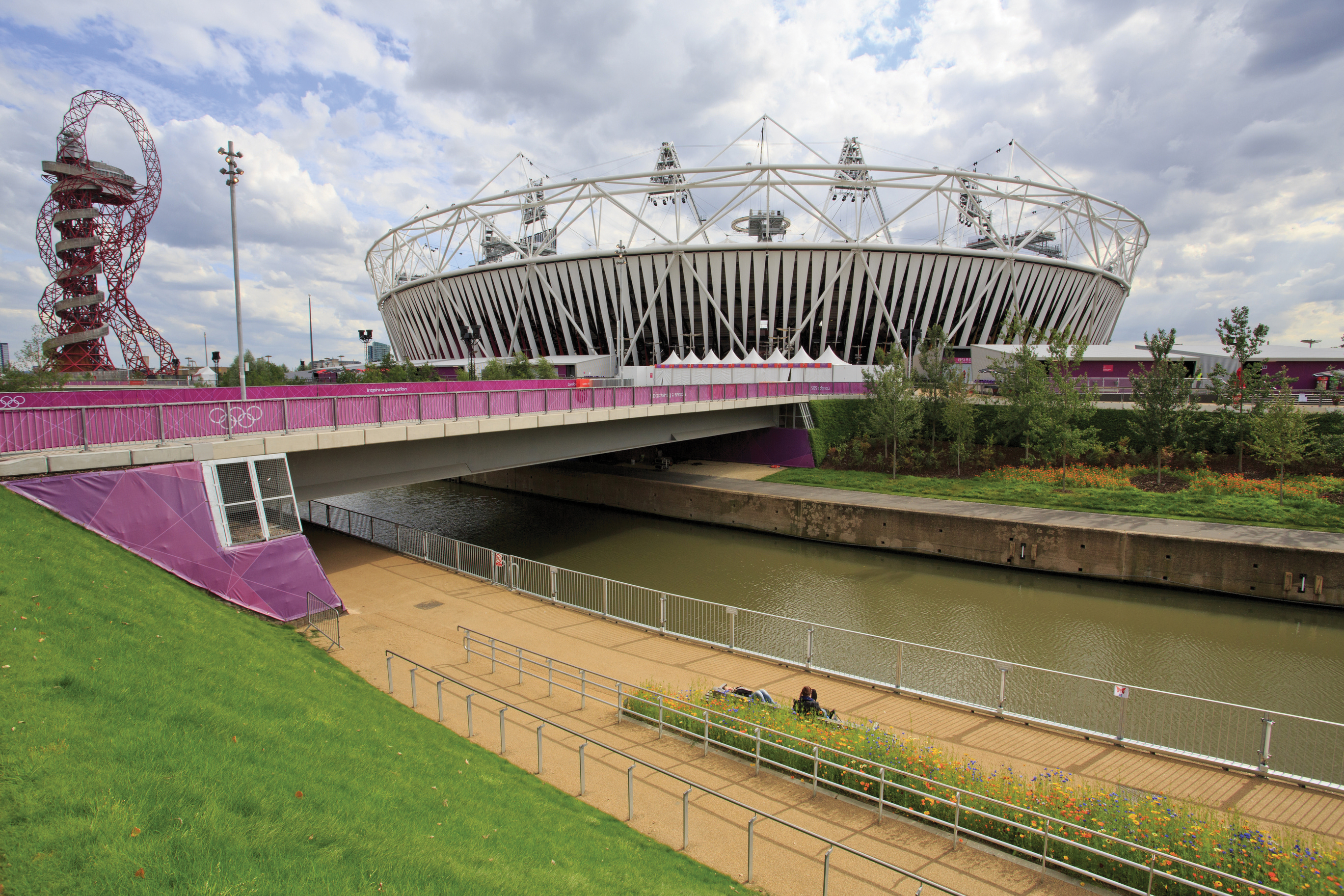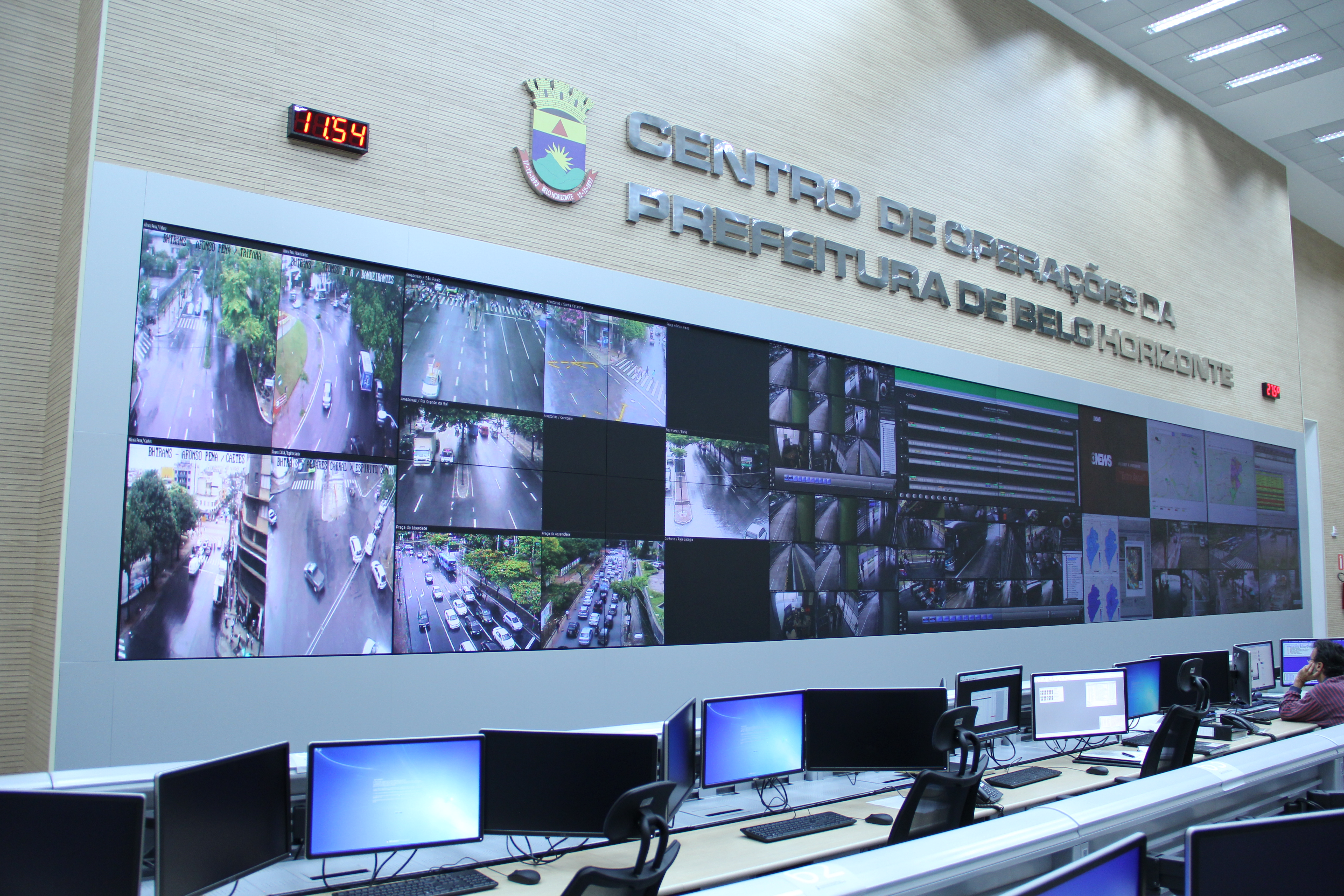
Signing the order to equip a new control room just 45 days before the city hosts a major sporting event is challenging - but some deadlines just cannot be moved.
There is nothing like a deadline to concentrate minds and effort as Mitsubishi and the Brazilian city of Belo Horizonte discovered in the run-up to the 2014 World Cup. Although municipal authorities had been considering a new command centre for years, it was the hosting of the World Cup last summer that provided the final impetus.
Brazilian cities are famous for their scenic views, friendly people, great food, vibrant culture and, at times, heavy traffic. The country’s large cities like Rio de Janeiro and São Paulo can experience long delays on their roadways and it is only natural that inhabitants in other parts of the country should be concerned about similar congestion levels as their own cities grow.
For that reason Belo Horizonte, Brazil’s sixth largest city and third largest metropolitan area with a population of 2.5 million people, has made significant investments in its roadways and mass transit system. However, the potential for mass congestion increased dramatically when Brazil won the rights to stage the 2014 World Cup and Belo Horizonte was to host six games in the refurbished 58,000 capacity Mineirão stadium which is 9km from the downtown area. The stadium will also play host to even more activities during the 2016 Olympic Games.
Belo Horizonte has Brazil’s fourth largest economy. It was the country’s first planned city and has wide avenues, tree-lined streets and unusual architecture. In readiness for the invasion of sporting fans, the authorities installed a new transportation command centre, the Centro de Operações da Prefeitura de Belo Horizonte (COP-BH). It opened in time for the World Cup and features a large and advanced monitoring and control room using display wall technology from Mitsubishi.
FACTFILE Bello Horizonte, Brazil
COP-BH installation cost US$12.5million
120 of Belo Horizonte's busiest intersections are monitored and controlled from COP-BH
1,000 Additional pole mounted CCTV camers are strategically positioned around Belo Horizonte
With the aid of COP-BH, 24 minutes was the average time 2014 World Cup football supporters traveled on public transpotThe new R$31.6 million (US$12.5m) operations centre provides comprehensive command and control for Belo Horizonte Public Transit, the Civil Defense, the Municipal Guard, the Office of Urban Sanitation, the Mobile Emergency Service, the Municipal Supervisory Assistant and other city agencies.
Comprehensive picture
The COP-BH control room has workstations in place for up to 96 operators and 10 supervisors, served by a 2.4m high by 16m wide display wall comprising 20 of Mitsubishi’s SXGA+ rear projection cubes. This provides technicians and public officials with a comprehensive picture of the entire city and offers a total resolution of 14,000 x 2,100 pixels enabling operators to display any number of video and data windows in a wide range of layouts.
One of the most important uses of COP-BH is the monitoring of automotive and truck traffic plus the buses and bus lanes that provide the city’s rapid transit. According to Nilton Mendes, the regional sales manager for Mitsubishi’s Visual and Imaging Systems Division: “The main corridors are always busy yet traffic flow is not always ideal. The control centre is a critical environment where operators can act very quickly 24/7/365 to improve conditions.”
Today 120 of the city’s busiest intersections have intelligent traffic signals monitored and controlled from COP-BH which has connections to 80% of the signals installed in the city. “We can regulate the timing of the red and green lights to keep traffic moving, or turn a series of lights green and others red to help clear a gridlocked stretch of our roads,” explains Rafael Kraemer, superintendent of Image and Video Services for the city.
The city also employs a network of cameras (red light, parking cameras and speed) to automate traffic enforcement and these are also monitored from COP-BH.
There are an additional 1,000 pole-mounted CCTV cameras, strategically placed around the city to help operators understand and adjust traffic flow, as well as to recognise accidents and dispatch emergency crews. “We also see accident reports, weather reports and transit data — everything related to traffic,” Kraemer adds.
In addition to traffic control, COP-BH is the nerve centre for all city services. For example, because of its humid subtropical climate and location in a mountainous region, flooding during the rainy season can be a major issue. Operators from the Municipal Supervisory Service therefore keep a careful eye on weather conditions, always ready to mobilise emergency crews.
COP-BH is tied into the 911 dispatch system and monitors and helps control the public ambulance system. It monitors air and water pollution and can dispatch officers to investigate environmental violations.
Operators at COP-BH use some of these cameras to monitor the size of crowds waiting for public transit. “We will send more buses when they are needed,” Kraemer explains. That ability was a major factor in the management of crowds at the World Cup last summer, and enables Transportation managers to react very quickly to unexpected situations and dispatch whatever resources are needed.
World Cup and Olympics
Having considered building a new command centre for some time, the approaching World Cup provided the impetus the city authorities needed to make things happen.
Kraemer says the installation of the display wall was challenging in that the timeframe was very tight and, with the World Cup about to kick off, there was no possibility of an extension. “Once we issued the purchase order, we had only 45 days to get the components delivered and installed,” he explains. “With that said, Ramon and his support team worked magic. He had the display wall operational nine days early.”
President Dilma Rousseff visited the facility on June 8 and the city hosted its first World Cup match less than a week later.
“The support from Mitsubishi has been great,” Kraemer adds, “and the operation of the display wall has been trouble-free.”
Major projects
Mitsubishi Electric’s senior sales support engineer, Ramon Carriedo, said: “We actually completed three major control room projects in Brazil during the 30 days prior to the tournament. When you host such a large and important event, you have to make sure you’re ready for the millions of people travelling to attend.”The new video wall, which Carriedo helped design and install, consists of twenty 80” diagonal Mitsubishi 80PE78 rear-access projection cubes in a 2 x 10 configuration. According to Mitsubishi the cubes use the latest LED technology, offering up to 100,000 hours of service without any required maintenance. That’s almost 11 years of continuous, 24/7 use, which it claims is about 25% longer than any other projection cubes can achieve. “Once the video wall is installed and activated it may never be turned off,” Carriedo explains. “The point is to keep it humming, year after year after year.”
Should one of the cubes experience a service issue, technicians at COP-BH will be able to open the back, replace the defective part or, worst case, lift out the optical engine and install a spare one. This operation only takes a few minutes and can be achieved without affecting the rest of the display wall - a crucial attribute in a mission-critical facility.
The Mitsubishi team also installed a fail-safe system for the computer workstation that inputs the data and video from the city’s cameras and computer systems and outputs it to the display wall. “We are using two identical Jupiter video wall controllers in a fully redundant setup,” Mendes explains. “If one fails, the other can take its place instantaneously.”
Carriedo adds that “The City of Belo Horizonte did a great job in supporting the World Cup; a great job keeping people safe and keeping the roads open. It was truly a mission critical situation, with the influx of people coming in for the games.”
While COP-BH is an invaluable tool during international events, its greatest worth is in the day-to-day management of the city, especially given the growth of the city’s population and vehicular traffic. Its advanced technology, including the Mitsubishi display wall, will facilitate mobility and security in and around Belo Horizonte for many years to come.
The system worked well straight out of the box and the football supporters, most of which travelled by public transport faced an acceptable average travel time of 24 minutes which bodes well for the Olympic Games.



